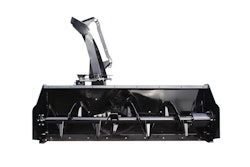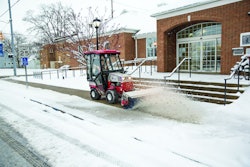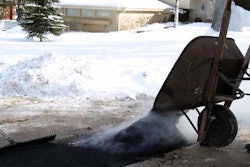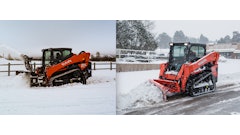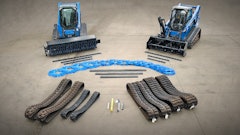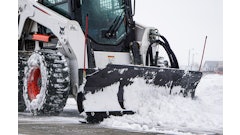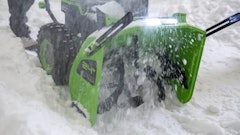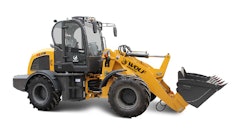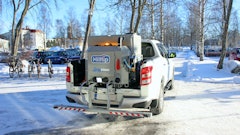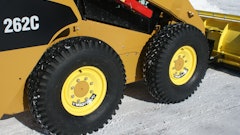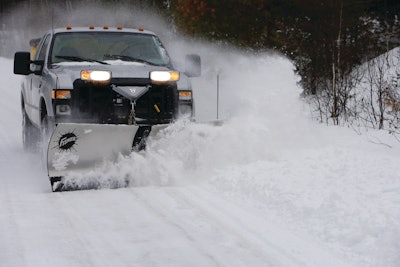
Keep your employees working and money flowing during winter months with snow handling services.
Like adding any new service to your construction business, adding a snow division should be well thought out. You might already have the equipment and the operators, but make sure to consider the business end as well.
"The snow removal division of your business has to be run just like any facet of your operation," says Gary Goldman, who has over 20 years of experience in the landscape industry. "Whether you run one truck or numerous pieces of equipment, you need to have a strategic plan for this portion of your operations. That plan must encompass financial management, the proposal process, operations and job costing."
How To Bring Predictability to an Unpredictable Business
Budgeting
You should have a budget for your snow removal services or at least consider you snow services when determining your overall budget for the year. "The budget will force you to determine how much revenue is needed to pay overhead as well as the necessary cash flow to pay your direct costs during snow storms," Goldman says. Knowing your overhead and your budget can help determine how much you will have to charge for snow services and whether or not that is a reasonable amount in your market.
Even with a solid budget, the winter season is unpredictable. In addition to budgeting, Goldman encourages snow handling contractors to develop a backup plan which includes:
- Case reserves. Have some savings that will carry you through in case you don't do as much snow removal as planned.
- Line of credit. Set this up in advance.
- Manage costs. Consider ways you can reduce expenses during the winter months. Good cost management is essential for adequate cash flow.
Contracts
Once you have a plan in place on how to run your snow handling services, consider how you will charge your clients. Will you use fixed contracts? Will you charge per hour? Will you charge per inch? Many experts and contractors agree that a diversified contract portfolio is the best route.
Fixed seasonal contracts. This type of contract is set at a fixed price for the entire season and billed equally over the winter months. This contract may be a hard sell, but long-term customers often see the value in fixed contracts because it allows them to better budget for snow removal services on a yearly basis.
Goldman suggests submitting fixed contracts for a period of at least three years since snow totals will vary from year to year. Also consider additional parameters in fixed contracts including:
- Number of inches limit – limits the number of inches of snow you are responsible for.
- Blizzard clause – snow storms over a certain amount of inches are billed on an hourly basis.
- Sandings – what number of sandings are included in the contract and how will the customer be billed if that number is exceeded?
- Stacking and removal of snow – how will this be handled?
- Ice clause – will ice events be handled/billed differently from snow removal?
Fixed event pricing contracts. Here, pricing is fixed per snow event based on the number of inches of snowfall for a single storm. Since pricing is preset, there is no guessing at what the costs will be. This can be a good option for customers with large lot sizes since the customer only has to pay for the service when the event happens. However, it might not be desirable to customers' budgets because the amount of snow events charged varies every year.
Per-hour contracts. According to Goldman, the key to success for a per-hour contract is the relationship you have with the customer. Trust is essential – and it goes both ways.
Per-push (per-inch) contracts. These contracts require a neutral source to verify the number of inches. Contractors charge a fixed-rate per service, and customers with smaller lots (50,000 square feet or less) may find value with per-push contracts. The customer pays every time you remove snow from their lot. These contracts can also be negotiated in tiered format, meaning at a certain increment (say every three inches) you boost your pricing to the next level, Goldman says.
While these types of contracts may be straightforward, as the contractor you need to have a good grasp and understanding of your numbers, Goldman says. You need to know what it costs to push the snow in order to validate your pricing. Goldman says per-inch contracts should also include ice, removal and stacking clauses.



